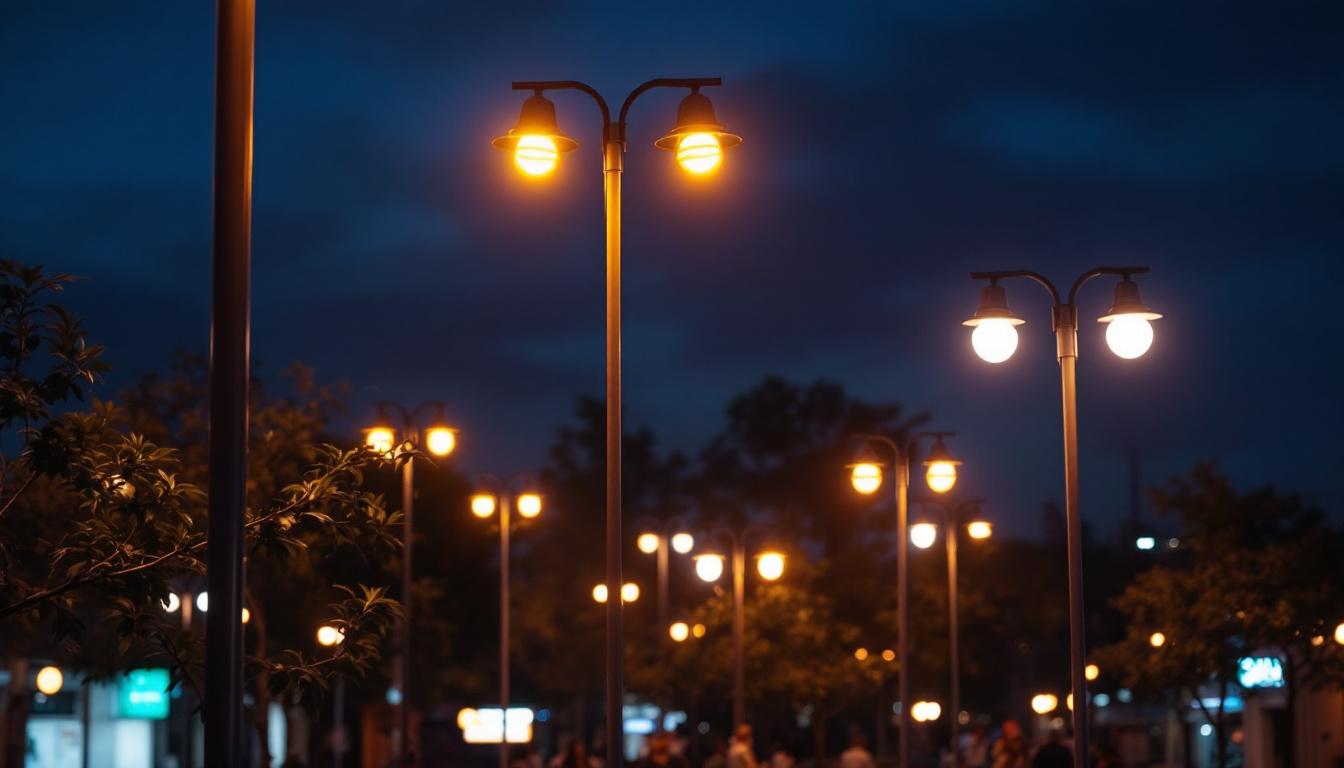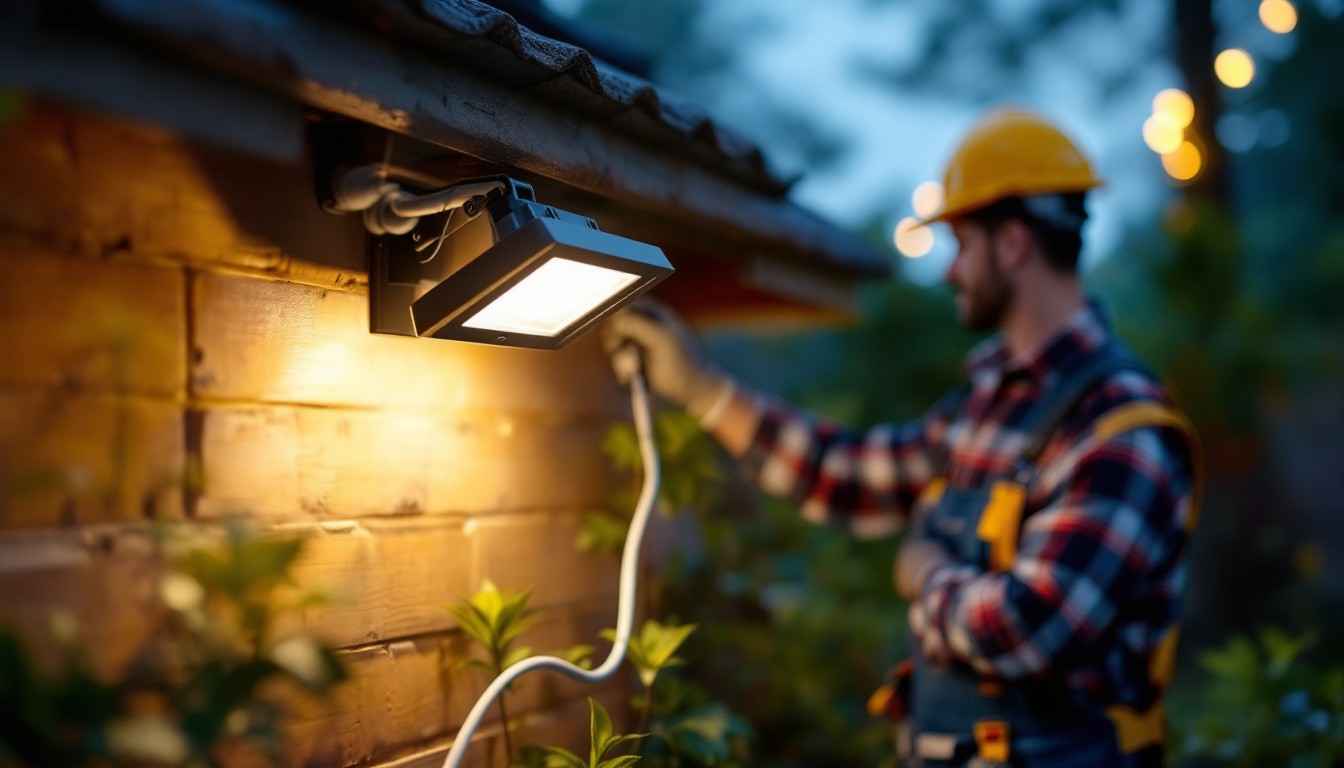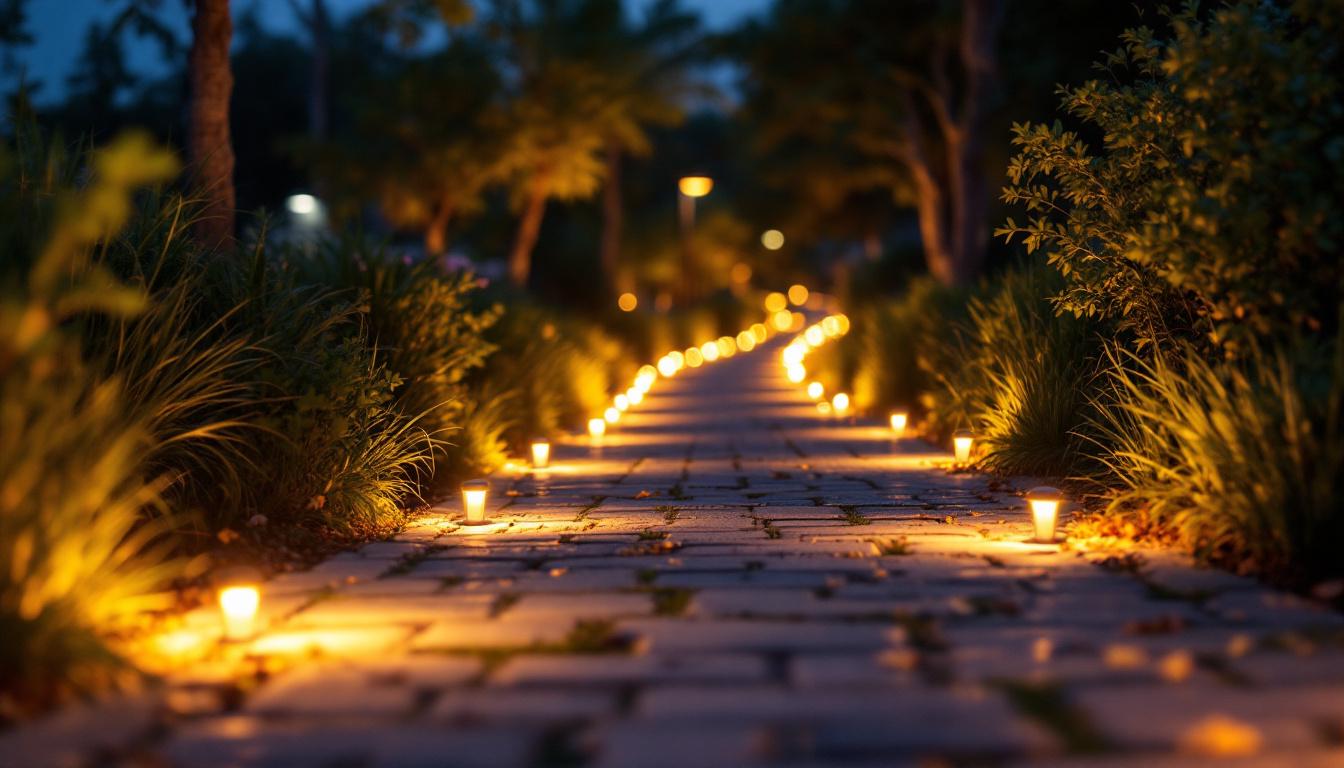
In the realm of outdoor lighting, pole light fixtures stand out as a crucial component for enhancing visibility, safety, and aesthetics. For lighting contractors, understanding the intricacies of pole light fixtures is essential to delivering quality installations that meet client expectations. This article delves into the various aspects of pole light fixtures, providing insights that every lighting contractor should be equipped with.
Pole light fixtures, commonly used in parking lots, streets, parks, and other outdoor areas, serve multiple purposes. They not only illuminate spaces but also contribute to the overall ambiance and security of an environment. A solid grasp of the types, components, and applications of these fixtures is vital for any lighting contractor. The evolution of pole lighting technology has also introduced innovative designs that blend functionality with aesthetic appeal, allowing for enhanced integration into various landscapes.
There are several types of pole light fixtures available, each designed for specific applications. The most common types include:
A pole light fixture comprises several key components that contribute to its functionality and effectiveness. Understanding these components can help contractors make informed decisions during installations:
Pole light fixtures are versatile and can be used in various settings. Understanding their applications can help contractors recommend the right solutions to clients:
Installing pole light fixtures requires careful planning and consideration. A successful installation hinges on various factors, including site assessment, local regulations, and the specific needs of the client.
Before installation, conducting a thorough site assessment is crucial. This involves evaluating the area where the pole lights will be installed and considering factors such as:
Additionally, it is important to take into account the intended use of the space. For example, areas that experience high foot traffic, such as parking lots or pathways, may require brighter and more evenly distributed lighting to enhance safety and visibility. On the other hand, spaces meant for aesthetic purposes, like parks or gardens, might benefit from softer lighting that creates a welcoming atmosphere. Engaging with the client to understand their vision can lead to a more tailored lighting solution that meets both functional and aesthetic needs.
Lighting contractors must be aware of local regulations and codes that govern outdoor lighting installations. This includes:
Moreover, contractors should also consider any neighborhood-specific guidelines that may dictate the style or type of lighting fixtures used. For instance, historical districts may have restrictions on modern designs to preserve the area’s character. Being proactive in understanding these regulations not only aids in compliance but also fosters a positive relationship with local authorities and the community, ensuring that the installation process goes smoothly.
Selecting the appropriate pole light fixtures involves considering several factors:
In addition to these factors, it’s also beneficial to consider the aesthetic appeal of the fixtures. The design and finish of the lights should complement the surrounding architecture and landscape, enhancing the overall visual impact of the installation. Furthermore, exploring smart lighting options can provide clients with advanced control over their lighting systems, allowing for features such as dimming, scheduling, and even motion detection. This not only improves energy efficiency but also offers added convenience and security, making it a worthwhile consideration for modern installations.
Regular maintenance is vital for the longevity and performance of pole light fixtures. Understanding common issues and their solutions can help contractors provide better service to clients.
Conducting regular inspections of pole light fixtures can help identify potential issues before they escalate. Key areas to check include:
Lighting contractors should be equipped to troubleshoot common issues that arise with pole light fixtures:
As technology advances, upgrading existing pole light fixtures can enhance performance and efficiency. Contractors should consider:
Pole light fixtures play a pivotal role in outdoor lighting solutions, making them a fundamental aspect of a lighting contractor’s repertoire. Understanding the types, components, installation considerations, and maintenance practices associated with these fixtures is essential for delivering high-quality service. By staying informed and adapting to advancements in technology, lighting contractors can ensure that they meet the evolving needs of their clients while promoting safety, efficiency, and aesthetic appeal in outdoor environments.
In an industry where quality and reliability are paramount, knowledge of pole light fixtures can set lighting contractors apart. By mastering the intricacies of these fixtures, contractors can provide exceptional service, ensuring that every installation not only meets but exceeds client expectations.
Ready to elevate your lighting installations with the finest pole light fixtures on the market? Look no further than LumenWholesale, where we provide lighting contractors with the highest quality, spec-grade lighting products at unbeatable wholesale prices. Say goodbye to local distributor markups and hello to our extensive selection that meets rigorous industry standards. With LumenWholesale, you can enjoy the convenience of bulk buying with free shipping, ensuring you get premium lighting at the best value — without any hidden fees. Make your next project shine and experience Wholesale Lighting at the Best Value today.

Discover innovative cost-saving strategies for lighting contractors focusing on hanging dining room light fixtures.

Discover how solar uplighters are revolutionizing lighting design with eco-friendly innovation.

Discover why flood lights with outlets are a game-changer for lighting contractors.

Discover the frequent pitfalls lighting contractors face when installing solar power walkway lights.